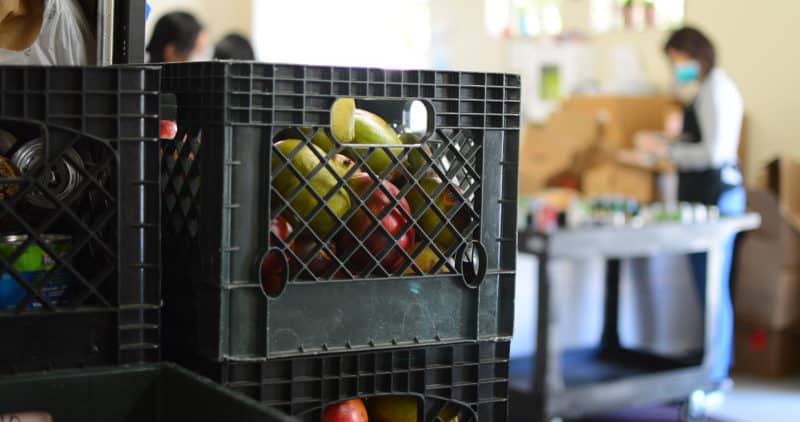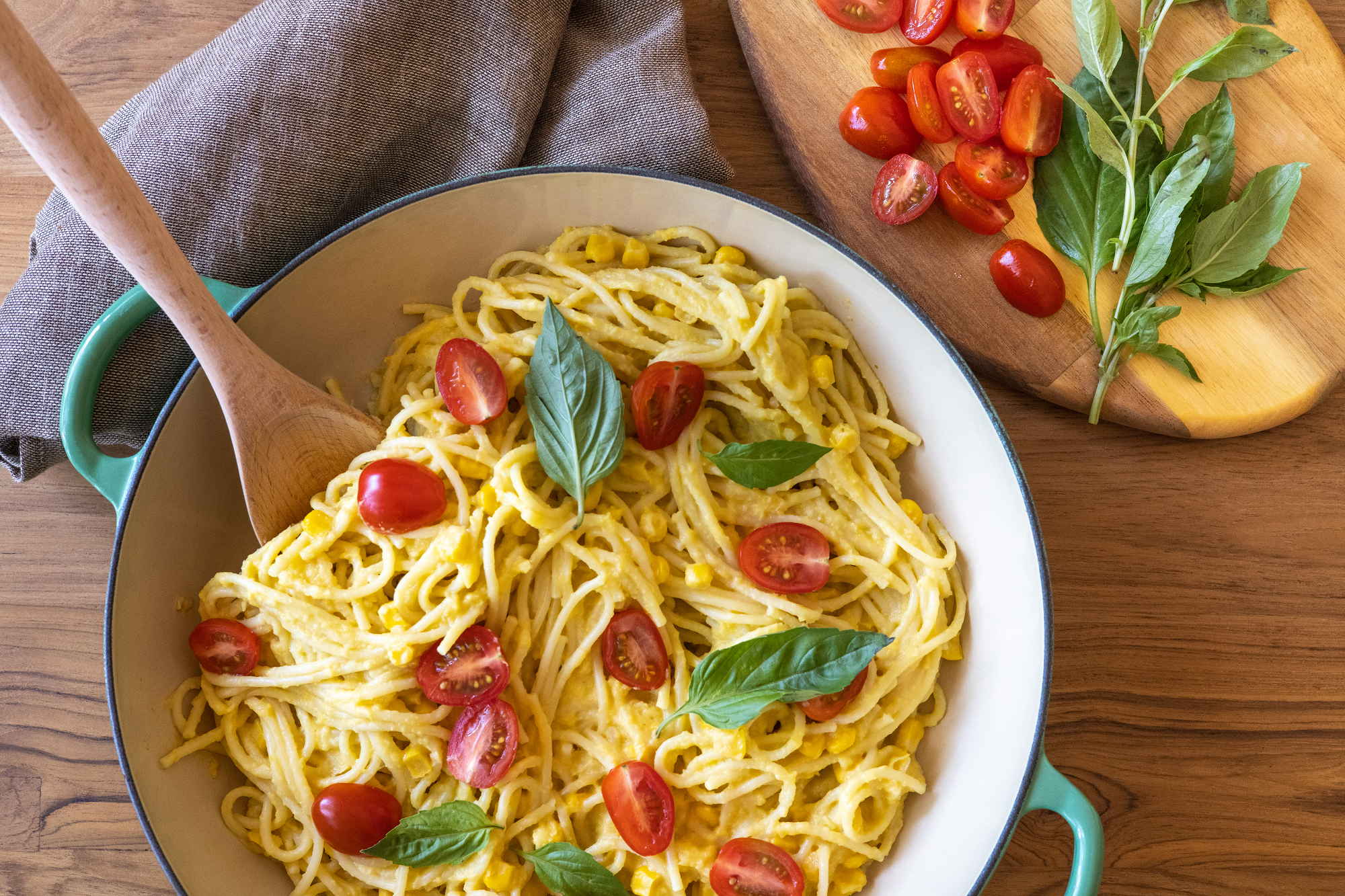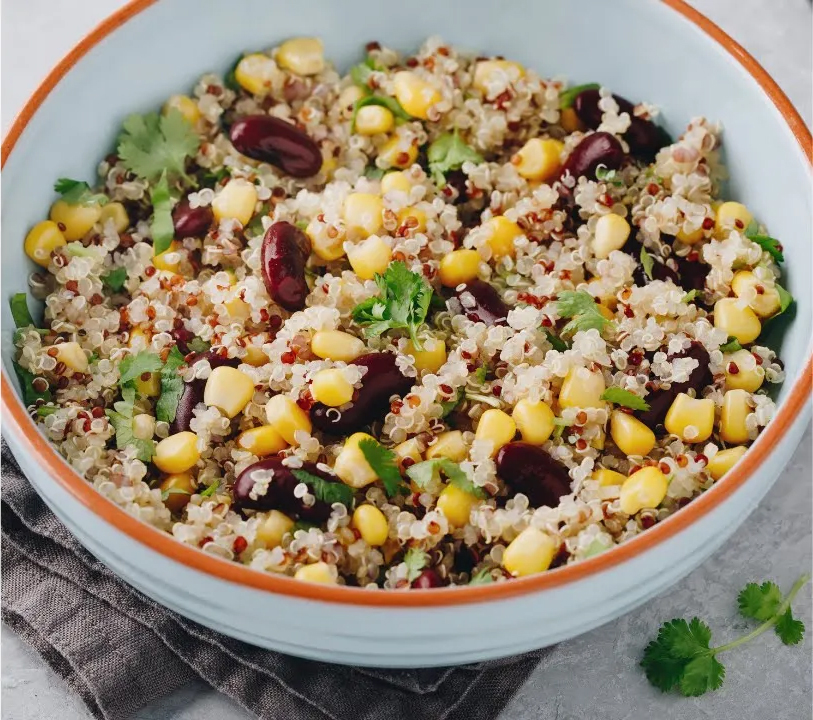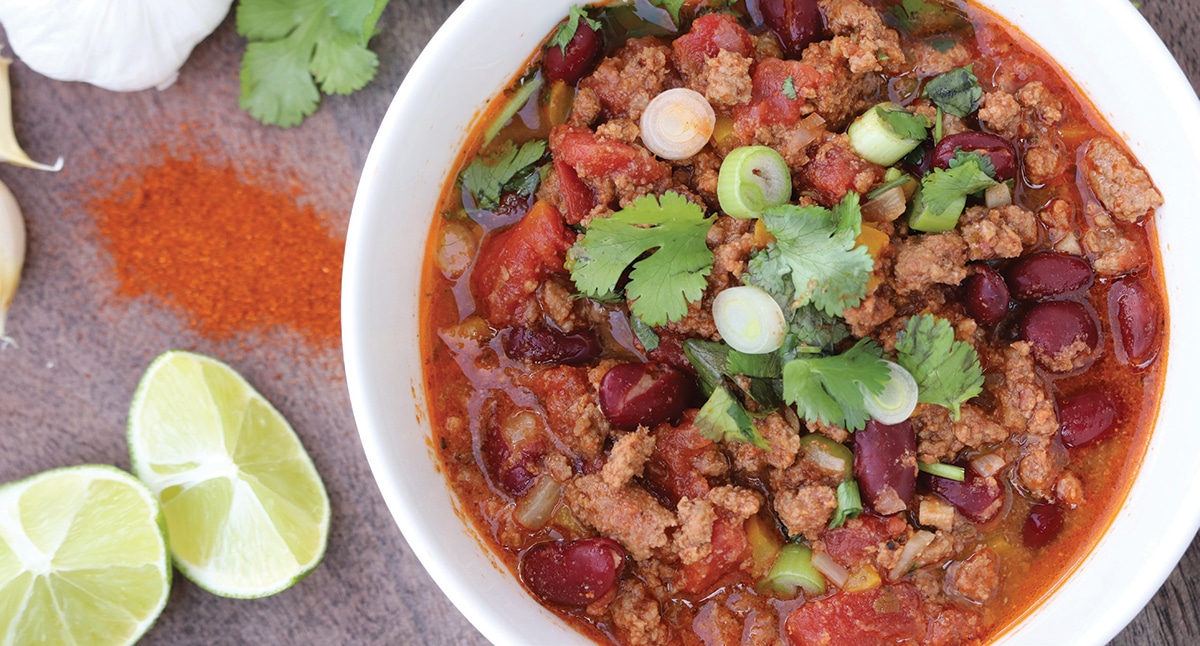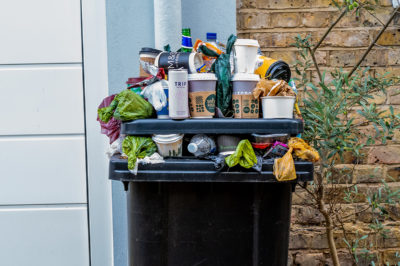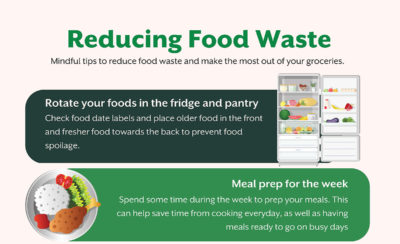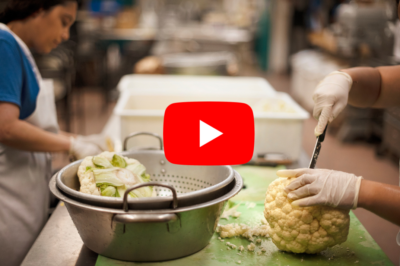هل تعلم أن تقريبا يتم إهدار 40% من جميع الأطعمة في الولايات المتحدة؟ في كاليفورنيا وحدها، يتم هدر ما يقرب من 6 ملايين طن من الطعام كل عام. إن إنقاذ المنتجات الطازجة من المزارع والبقالة المغذية من متاجر البيع بالتجزئة ــ الطعام الجيد الذي كان من الممكن أن يضيع لولا ذلك ــ هو إحدى الطرق التي تستطيع Second Harvest المساعدة في حل مشكلة تغير المناخ.
لقد أنقذت شركة Second Harvest الطعام الجيد لعقود من الزمن من المزارع وتجار الجملة وتجار التجزئة، ونحن الآن نقوم بتحويل ملايين الجنيهات من مدافن النفايات سنويًا. في الواقع، قمنا في العام الماضي بإنقاذ أكثر من 85 مليون رطل من المواد الغذائية عالية الجودة وقمنا بتوزيعها على الجيران الذين يواجهون الجوع في وادي السيليكون.
تأثير مشروع قانون مجلس الشيوخ 1383
الآن، أدى مشروع قانون مجلس الشيوخ في ولاية كاليفورنيا رقم 1383 (SB 1383) إلى قيام الشركات بإنقاذ الأغذية الصالحة للأكل، إلى زيادة الكمية التي نتلقاها من محلات البقالة وتجار الجملة لأننا رواد في توصيل هذا الطعام الجيد إلى الأشخاص الذين يحتاجون إليه.
قالت ميليسا جارتي، مديرة مصادر الغذاء الإقليمية في Second Harvest: "تلتزم شركة Second Harvest بتوفير المزيد من الأطعمة المتنوعة لعملائنا بينما نقوم بدورنا لتقليل غازات الدفيئة الناتجة عن هدر الطعام". "نحن نساعد الشركات على الامتثال لـ SB 1383، الذي يتطلب منها التبرع بالمزيد من فائضها والغذاء عالي الجودة. وهذا يعني أن المزيد من الغذاء الصحي متاح للأشخاص الذين يعانون من الجوع، وقليل مما يذهب إلى مدافن النفايات.
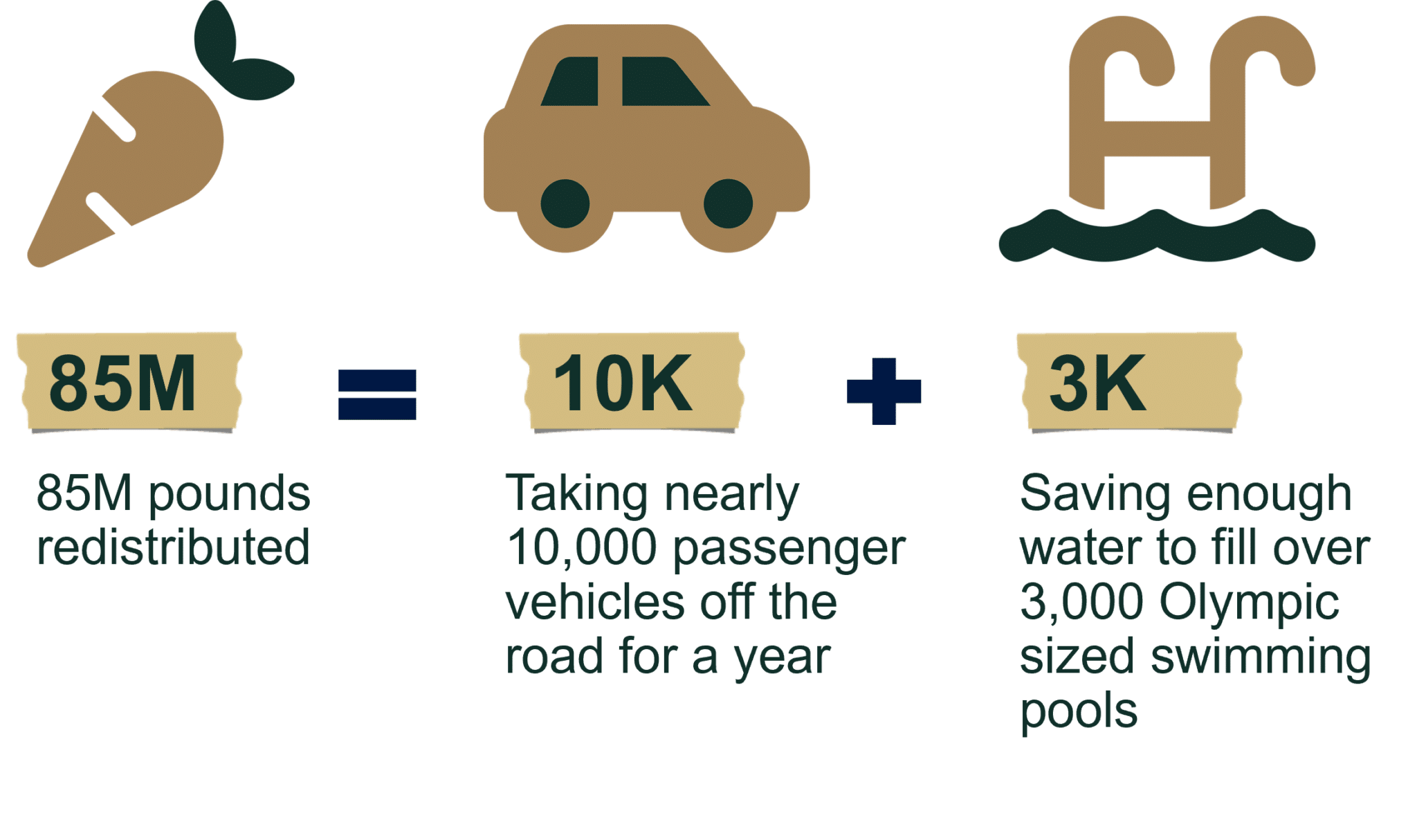
حفظ الأغذية التي تم إنقاذها من مدافن النفايات
إن تزويد عملائنا بمزيج مغذٍ من الطعام هو أولوية قصوى.إن أكثر من نصف المواد الغذائية التي نقوم بتوزيعها – 69 مليون رطل – هي منتجات طازجة ومغذية، ويتم الحصول على الكثير منها مباشرة من المزارع.
تعمل الأطعمة التي تم إنقاذها على تقليل النفايات والبصمة الكربونية لدينا وتوسع تشكيلة البقالة التي نقدمها لعملائنا. بالإضافة إلى ذلك، في السنة المالية 2022-2023:
- لقد قمنا بإعادة توجيه أكثر من 85 مليون رطل من الطعام من مدافن النفايات وغيرها من الوجهات غير المرغوب فيها، مما أدى إلى توفير 44,473 طنًا (أو أكثر من 88 مليون رطل) من ثاني أكسيد الكربون وأكثر من 2 مليار جالون من الماء. وهذا يعادل إخراج ما يقرب من 10000 سيارة ركاب من الطريق لمدة عام وتوفير ما يكفي من المياه لملء أكثر من 3000 حمام سباحة أولمبي، وفقًا لتقرير منظمة الصحة العالمية. ReFED Insights حاسبة تأثير المحرك.
- تم استرداد 68% من المواد الغذائية التي حصلنا عليها من المزارعين ومصنعي المواد الغذائية وتجار التجزئة. لقد أنقذنا أكثر من 57 مليون رطل من الطعام من الحراثة في الحقل.
- قام فريق إنقاذ الطعام لدينا بربط أكثر من 90 وكالة بأكثر من 33000 شاحنة صغيرة من متبرعي البقالة بإجمالي يزيد عن 4.9 مليون رطل من إنقاذ البقالة.
هناك تكاليف حقيقية لشركة Second Harvest لإبقاء الطعام خارج مدافن النفايات وإيصاله إلى الأشخاص الذين يعانون من انعدام الأمن الغذائي. يتطلب التقاطها ونقلها وتحويلها بسرعة كبيرة جدًا الكثير من المتطوعين والموظفين والموارد المالية. ونحن قادرون على مواكبة تكاليف هذه الجهود من خلال الدعم المالي المستمر للمجتمع.
يقول تريسي ويذربي، نائب رئيس Second Harvest للاستراتيجية والمناصرة: "بالنسبة لنا، فإن ضمان أن يكون الطعام الذي نقدمه للناس ذو نوعية جيدة ومغذيًا يأتي دائمًا في المقام الأول". "ولكن بسبب العمل الذي نقوم به، فإننا نساعد حقًا في الحفاظ على البيئة وتقليل الغازات الدفيئة."
